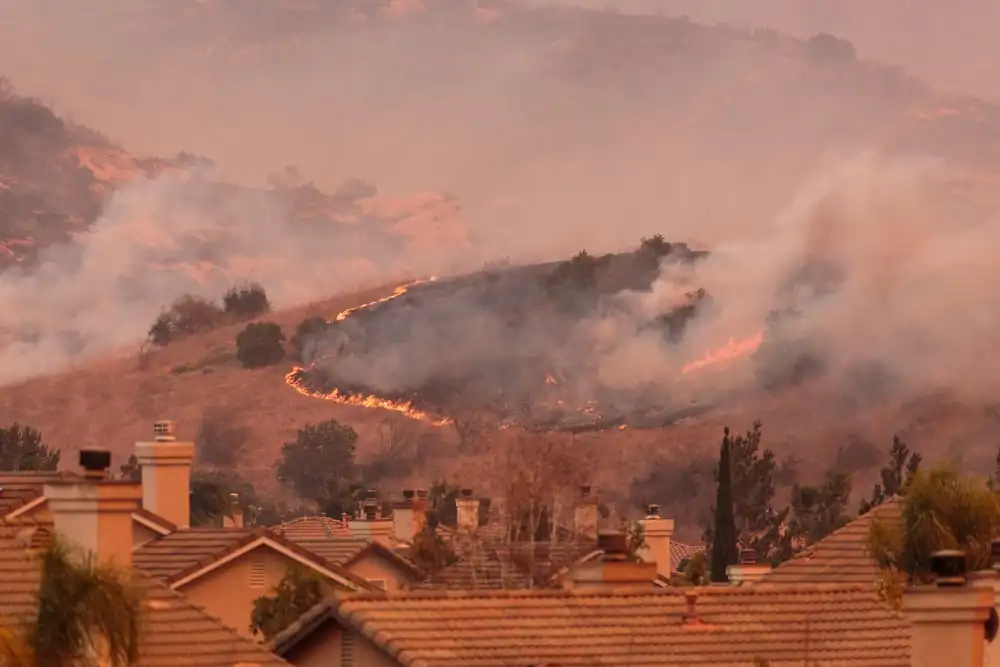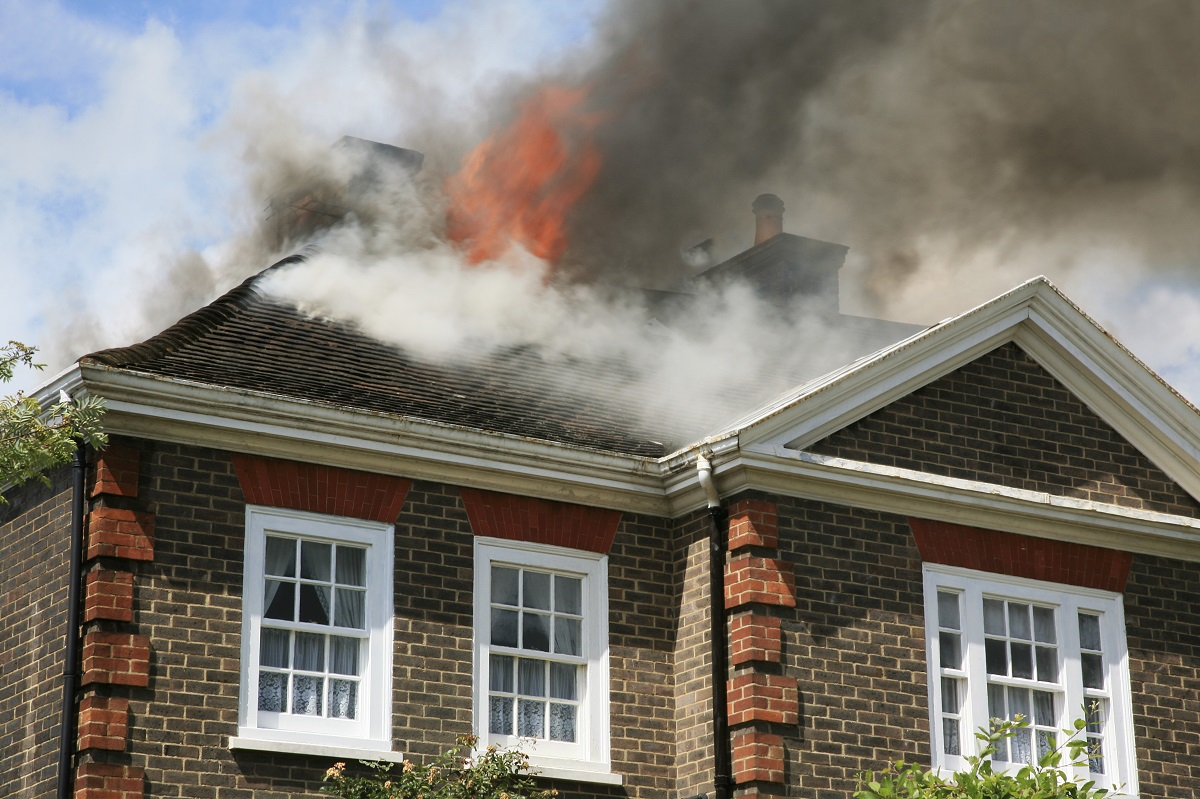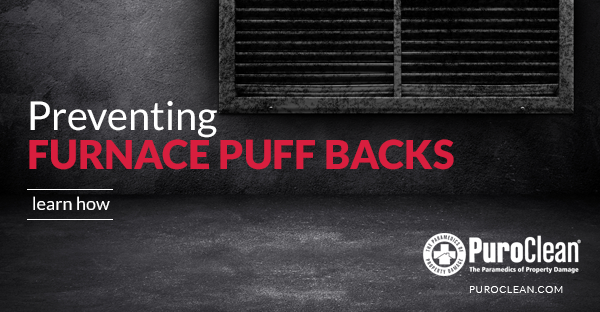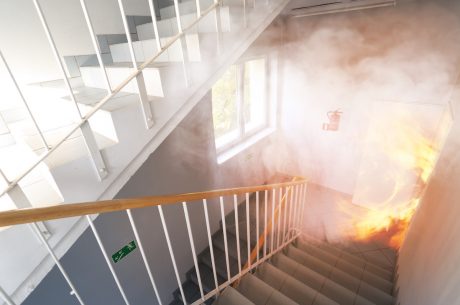
By Erin Fayle, Mesothelioma & Asbestos Awareness Center
The recent California wildfires that tore apart both Northern and Southern California have destroyed more structures than the last seven California wildfires combined. The Camp Fire raged through over 150,000 acres in Northern California, claiming the lives of 85 and leaving hundreds unaccounted for.
The number of missing people has fortunately decreased thanks to the efforts of many, but tens of thousands of buildings and homes have been destroyed. In Southern California, The Woolsey Fire ignited across almost 100,000 acres of land claiming three lives and leaving more than 1,800 structures either damaged or in ruins. Fortunately, the fires were fully contained by first responders and firefighters who worked tirelessly through the holidays.
Protection Against Pollutants
The fires may be contained, but the impacts linger and continue to threaten the public’s health. Smoke has infiltrated cities and regions of California with air pollution levels higher than in India and China, which usually rank number one for toxic air quality worldwide. With toxins and carcinogens loose in the air, it is important to check air quality reports daily. Those with pre-existing lung conditions like asthma or Chronic Obstructive Pulmonary Disease (COPD) are at high risk for complications.
To fight contaminated air, many people utilize respirator masks when forced to be outdoors. Respirator masks are more effective than surgical masks or cloth to prevent breathing in pollutants, such as asbestos, a carcinogen that is often airborne as a result of damaged housing, and may now be airborne or in leftover debris.
Symptoms of low-quality air intake include nasal irritation, congestion, and burning of the throat and eyes. These warning signs point to the potential exposure of dangerous airborne fibers and a red flag to take action and protect yourself. After a serious disaster like these wildfires, it may be necessary to reach out to an expert on exposure if you have any concerns about uncommon toxic exposure.
Protection in the Home
Unfortunately, the fires took many people’s homes, but for those not displaced, here are some ways to keep the air you breathe safe for you and your family:
- If you must be outdoors, avoid taxing physical activity.
- When indoors, keep doors/windows closed to reduce exposure.
- Invest in an air purifier to clean inside air (this cannot guarantee 100 percent pure air but works to reduce pollutants in concentrated areas, such as the bedroom, living room or laundry room).
- Avoid using gas stoves, candles and incense, or fireplaces (these all add to air contamination).
- Do not vacuum as this could cause particles to go airborne and thicken indoor polluted air.
What’s Next?
Everyone cannot fight fires, but people can take steps to protect themselves and their families. Stay safe both inside and outside by using appropriate protection. Reducing time spent outdoors and using a respirator mask when necessary are the most effective ways of fighting exposure to contaminated air.
Continual support is needed in order for the state of California to recover from this, but the wildfires’ destructive impact affects individuals across the country. For more information on the specific locations involved in these fires, read here.
For professional smoke odor removal or fire damage repair, contact your local PuroClean office.



